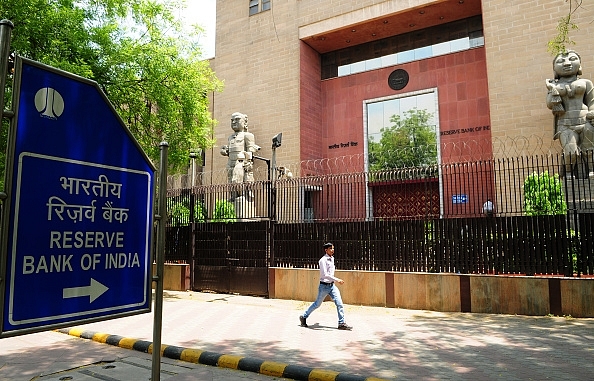Economy
How DeMo Benefited The Indian Economy, According To RBI
- A year after DeMo was announced, the RBI has come out with a paper analysing its impact on the financial sector.
- Here are nine positive changes the DeMo exercise has brought about.

The RBI headquarters. (Gettyimages)
Reserve Bank of India (RBI) Governor Urjit Patel had completed only two months in office when Prime Minister Narendra Modi announced demonetisation (DeMo) on 8 November last year. Eighty seven per cent of the currency in circulation (CIC) at the time ceased to be legal tender.
The Prime Minister was obviously the primary target of the critics of notebandi. After him, if anyone got the most blame for DeMo, it was the RBI governor. RBI’s autonomy and independence as an institution came under scrutiny. Y V Reddy, former governor of the central bank, said, “the role of the central bank in our economy is under threat and it’s a national problem.” Former finance minister P Chidambaram, who himself was not on very good terms with RBI governors Y V Reddy and D Subbarao, also took a shot at Patel saying, “the governor allowed the government to encroach upon the central bank’s territory”.
The central bank became a butt of jokes when it repeatedly refused to reveal how much of the demonetised currency made its way back into the system, always giving the same reply that it was still counting.
Now, an year after DeMo was announced, the RBI has come out with a paper analysing the impact of DeMo on the financial sector. It lists nine changes the DeMo exercise has brought about:
First, the paper notes that there has been a significant shift in the income elasticity of currency demand in the post-demonetisation period to 0.9 from more than 1 in the pre-demonetisation period, which reflects a reduction in cash intensity in retail transactions. The trend has not reversed. On 27 October 2017, CIC was lower by eight per cent on year-on-year basis as against an increase of 17.2 per cent in the previous year and stood at 91 per cent of its pre-DeMo level. CIC as proportion of broad money was 12.3 per cent on 27 October compared to 14.4 per cent on 11 November last year.
Ninth, the paper notes that the rate of detection of fake currency notes rose to six pieces and 12 pieces for Rs 500 and Rs 1,000 notes, respectively, for every million pieces of notes processed – more than double from the pre-demonetisation period.
Introducing ElectionsHQ + 50 Ground Reports Project
The 2024 elections might seem easy to guess, but there are some important questions that shouldn't be missed.
Do freebies still sway voters? Do people prioritise infrastructure when voting? How will Punjab vote?
The answers to these questions provide great insights into where we, as a country, are headed in the years to come.
Swarajya is starting a project with an aim to do 50 solid ground stories and a smart commentary service on WhatsApp, a one-of-a-kind. We'd love your support during this election season.
Click below to contribute.
Latest